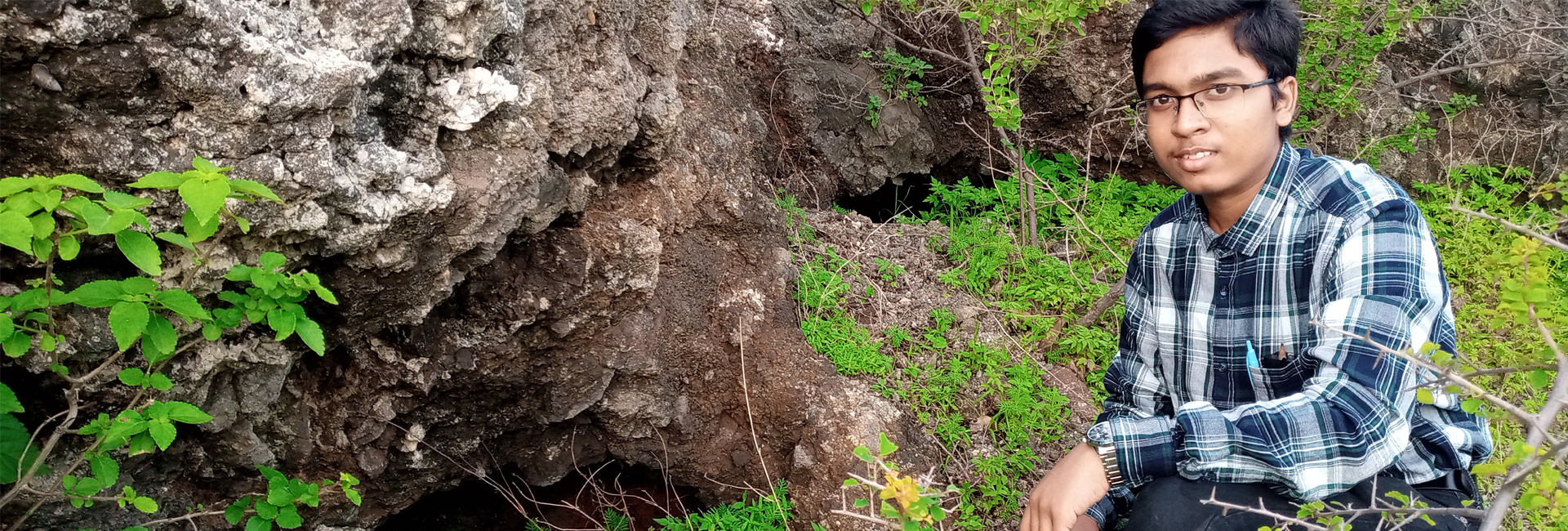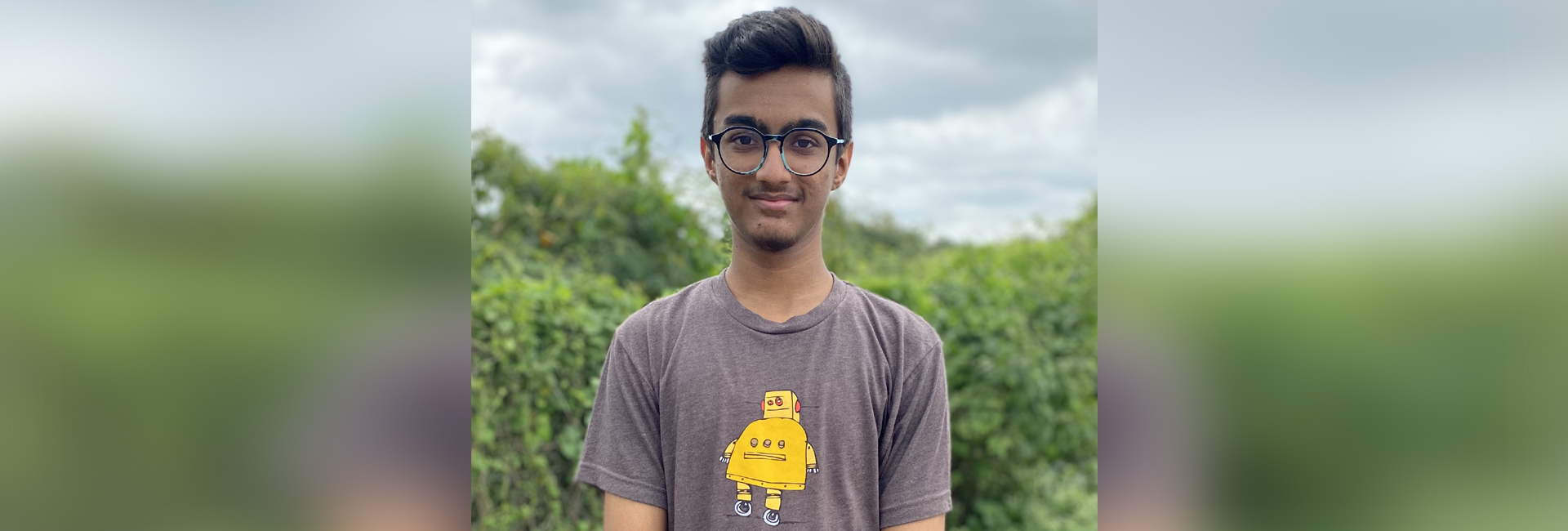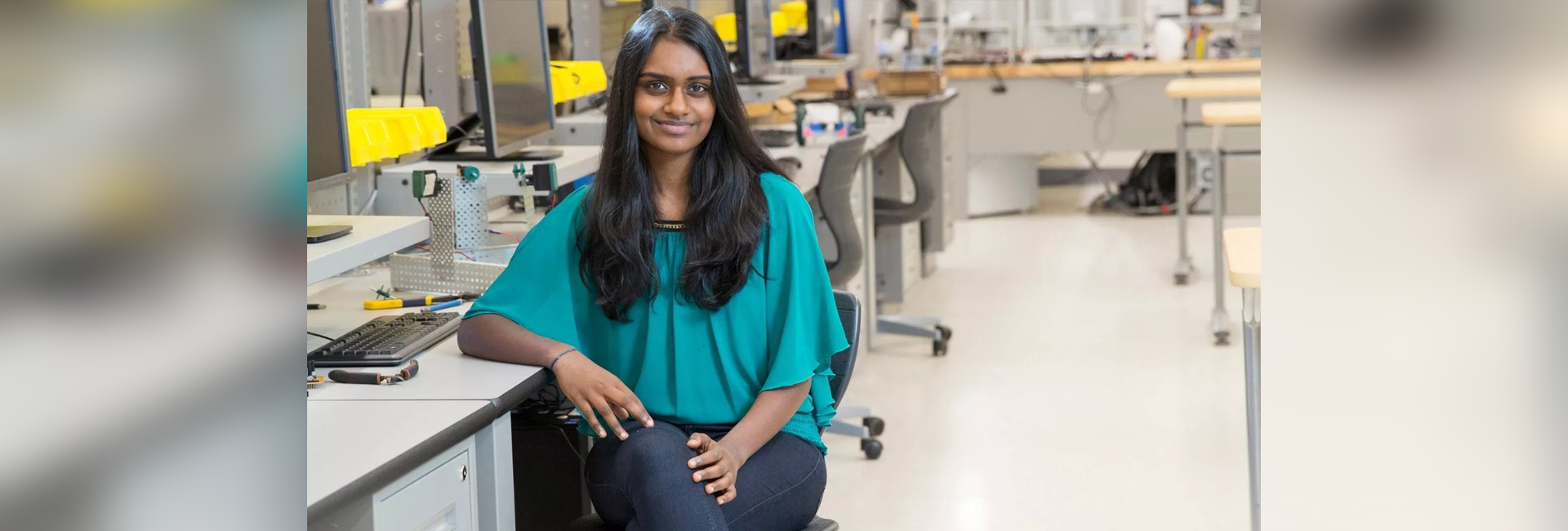(October 7, 2022) Around 66 million years ago at the end of the Cretaceous period, volcanic eruptions occurred at the Western Ghats, giving way to the formation of the Deccan Traps. For years, geologists have been intrigued by this formation, and some 12 years ago, a Pune boy, too, got hooked onto them. This interest led him to become India’s youngest volcanologist. This interest in volcanoes has given Sonit Sisolekar a chance to study the lunar surface, thanks to Great Lunar Expedition for Everyone 2023, a NASA-led competition. “Not many youngsters are into geology, but I love it. My tryst with volcanoes started at an early age, and I have been hooked since then. And now I am getting a chance to work on a LunaSat (lunar satellite) that can be sent to the Moon,” the 2021 Pradhan Mantri Rashtriya Bal Puraskar winner told Global Indian.
Growing up in Pune, Sonit and his father often visited one of the largest volcanic features on Earth, the Deccan Traps, which was only 50 km from the city, to see the lava flows. “I was three-four years when I first visited them, and it generated a sense of curiosity and got me hooked,” says the Aurangabad born. More such visits led to the collection of various rocks, high on basalt which is aphanitic and unique to the area. This tryst with geology kept Sonit fascinated, so much so that he attended an exhibition of rocks and fossils. “I learned a great deal about rocks, and knew that it was something that I was attracted to.” His interest was further cemented after taking part in a workshop on Earth Science by a local organisation in Pune. At age 11, he began reading geological research papers and found out about lava tubes. “They are natural tunnels within a solidified lava flow, which were earlier occupied by flowing molten lava. And I discovered two of them. This was the beginning of my research in geology,” adds the 15-year-old.
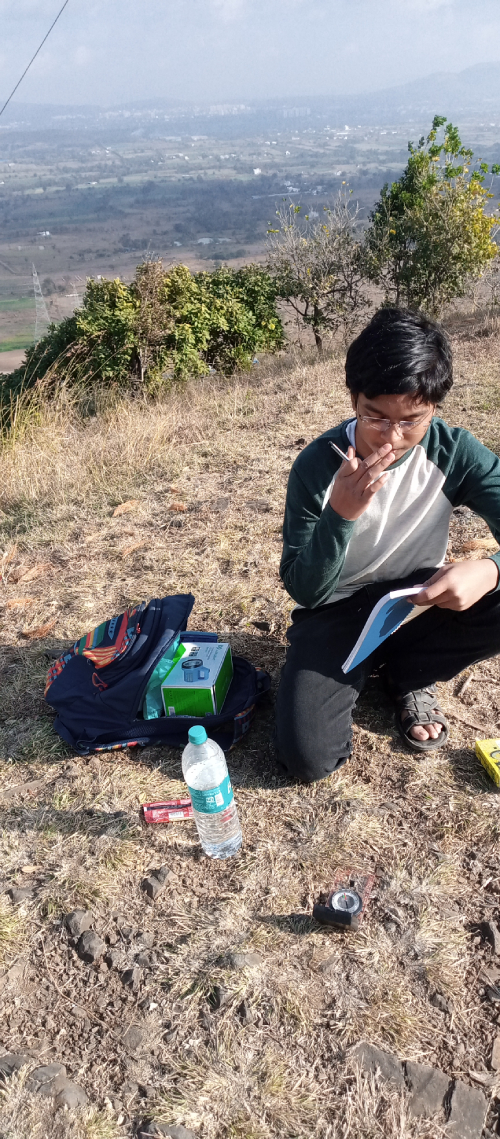
Sonit Sisolekar is one of the youngest volcanologists in India.
The discovery got him introduced to his mentor Dr Raymond Duraiswami, Assistant Professor at the Department of Geology at Savitribai Phule Pune University. “He is the first person I contacted after discovering lava tubes as he is one of the few geologists in India who have done a research paper on lava tubes in Deccan Traps. He found my discovery to be significant and recommended me research papers and journals on them,” says the young volcanologist who credits Dr Raymond for inspiring him and guiding him.
It was his mentor who nudged him to look beyond the Deccan Traps and do some research on lava tubes on the moon, called lunar rilles. “In simple terms, they are lava tubes with their roofs collapsed.” He began with the mathematical comparison between lava tubes and lunar rilles by juxtaposing the length, dimension, the slope of the two, and later presented the paper at the Lunar and Planetary Sciences Conferences at NASA in March 2021.
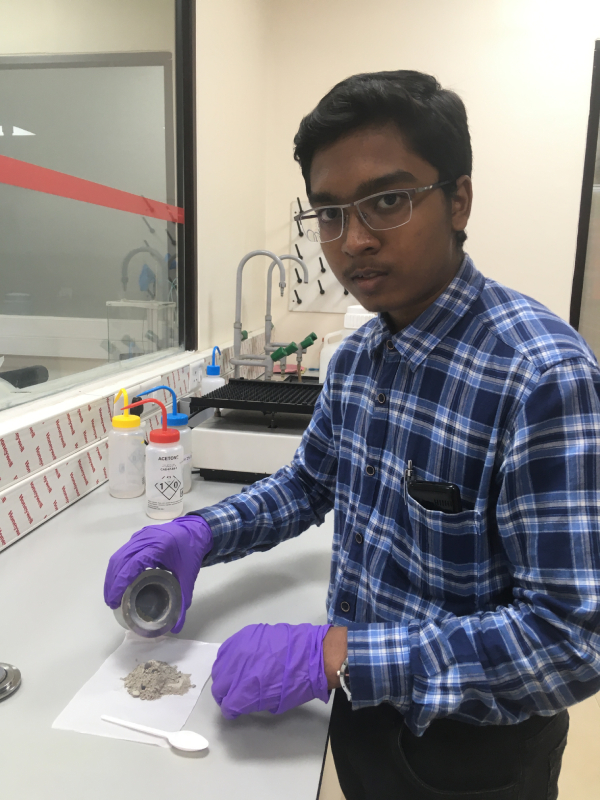

Sonit Sisolekar has been working closely on the Deccan Traps
His love for studying volcanoes has helped him bag an opportunity to do the same on the moon, thanks to GLEE (Great Lunar Expedition for Everyone) 2023, a NASA-led competition. With 200 teams chosen from across the globe, the mission aims to send small satellites called LunaSats, weighing 5 grams, to the lunar surface to conduct research. While Sonit is heading one of the teams from Pune, the training for the same will begin in October, after which each team will decide the motive behind sending their LunaSat. Ask him if he were to make a decision now, what would he choose the motive to be, pat comes the reply, “research on lunar rilles (the channels formed due to lava flow). I am interested in studying the composition of the kind of volcanism that occurs on the moon and comparing it to the earth.”
This isn’t his first brush with the subject, as this August he successfully led one of the groups participating in the International Earth Science Olympiad (IESO) in Italy to bag a gold for a project on ‘Carbon sequestration in weathered rocks and its application in reducing global warming’. He even bagged two individual bronze medals, helping India show its best talent at IESO. In 2019, the teenager won big at the Cubes in Space competition by NASA for research on the possible role of ionising radiation in the reddening of Mars soil. “I had sent two samples – volcanic ash and powdered volcanic glass – to understand the effect of UV radiation on the sample, which was sent to space through a scientific balloon. It was proven in the mesosphere, it’s exposed to UV radiation which leads to reddening of the soil on Mars,” beams the proud volcanologist.
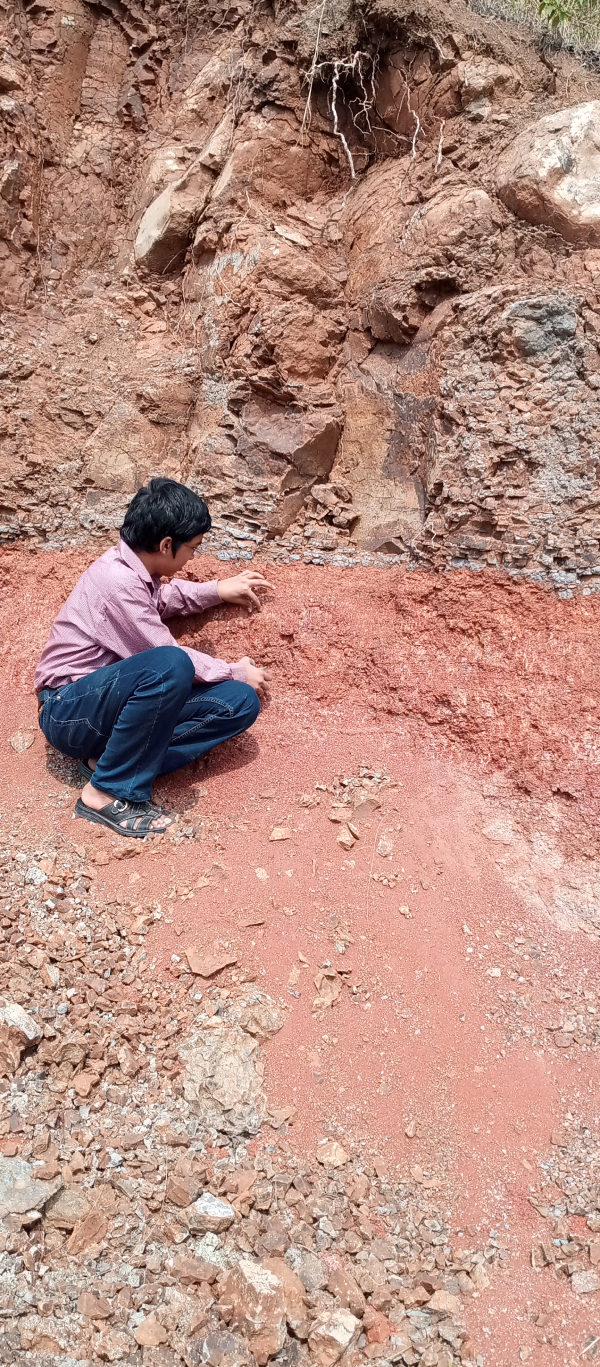

Sonit Sisolekar is keen to raise awareness on geology
For someone whose biggest challenge has been the lack of awareness on geology, he is keen on sharing his knowledge with other students through the Astronomy and Geology Awareness Tourism Education (AGATE) program. “I want to popularise astronomy and geology in rural areas, and I have started it this year only.” While the work on AGATE is in process, he is using Astro-Geo Club on WhatsApp to create awareness on the subject.
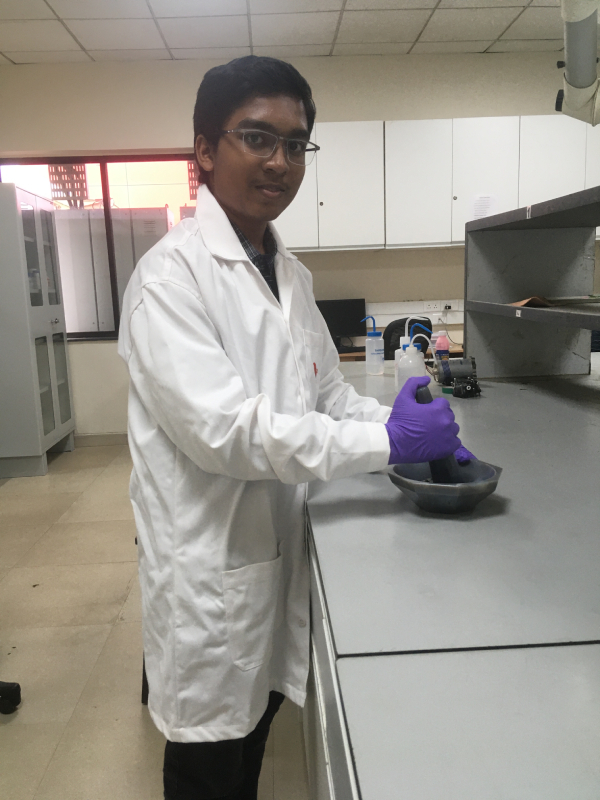

The Paradise English Medium School student is keen to pursue his passion for geology in the future and has plans of attaining a degree in the subject with a specialisation in volcanology. The Class 10 student has his hands full with research and studies, but he finds time to pursue his hobbies. “I am a tabla player who started learning at the age of five. Apart from this, I write stories and love to paint and draw.” The teenager who calls his parents the wind beneath his wings wants to create an impact by creating awareness of geology. For someone who is trodding a path less taken, he says, “you should have a sense of curiosity as it helps you achieve anything. Start wherever you are, rather than waiting for the right time,” he signs off.
- Follow Sonit Sisolekar on his website

